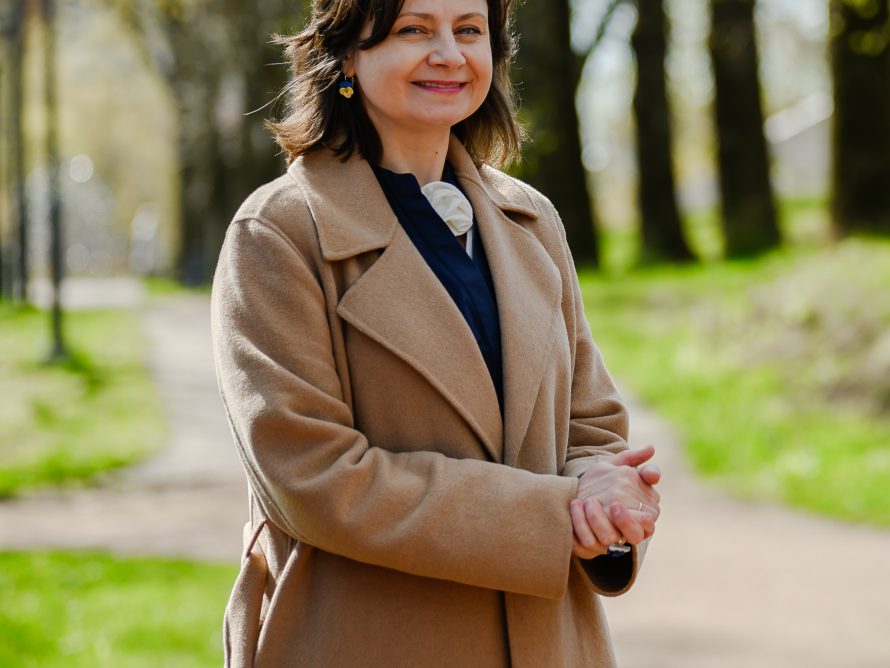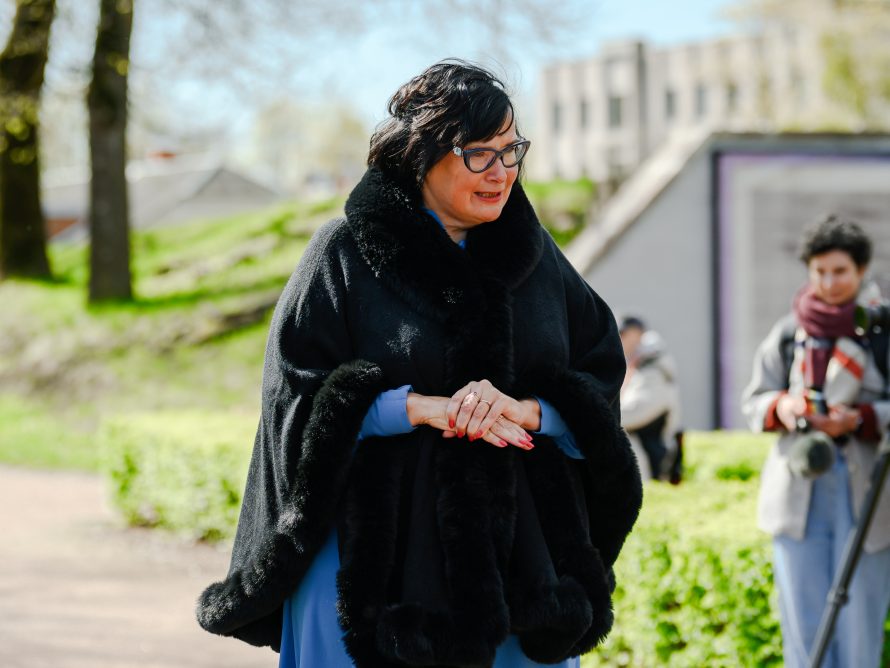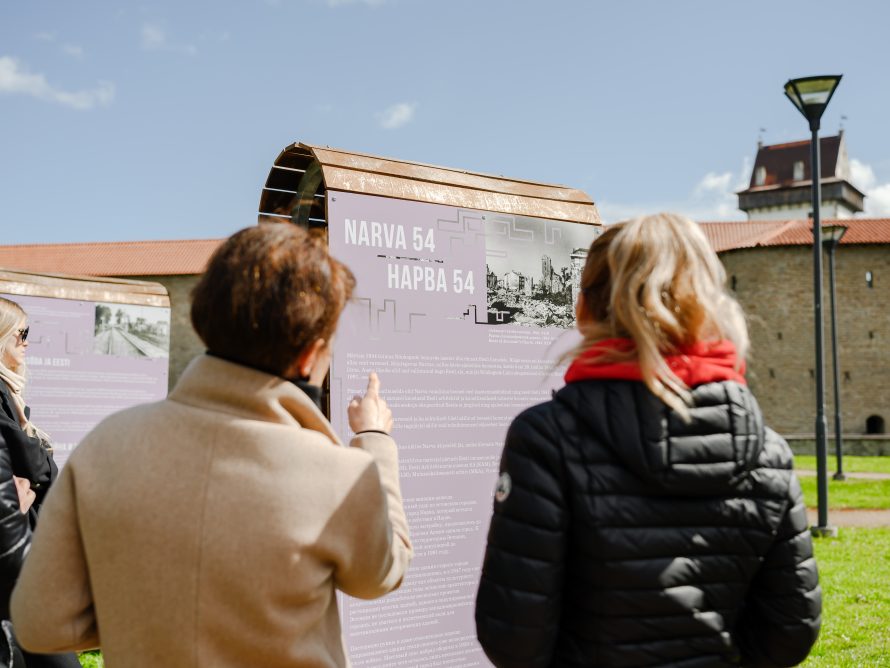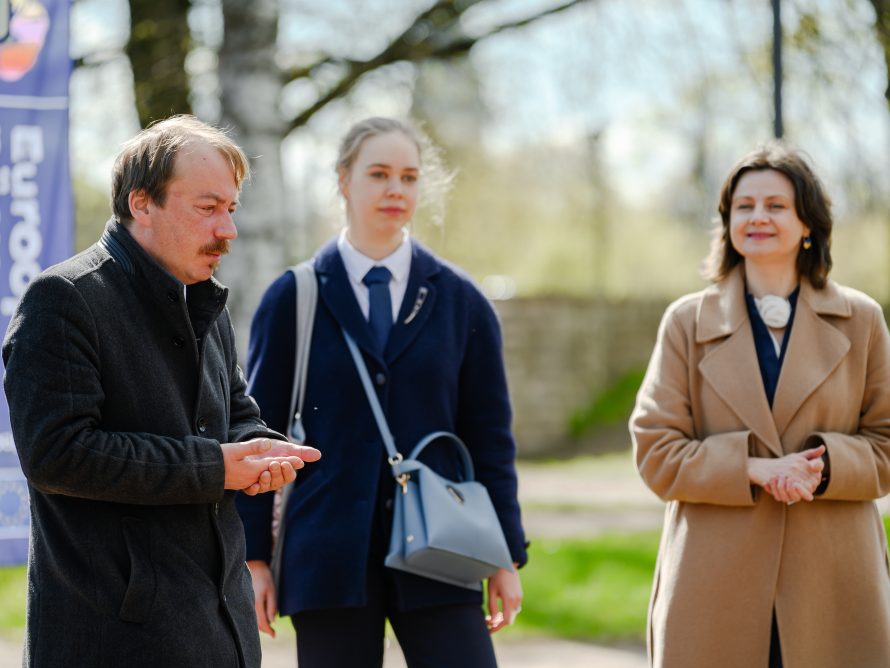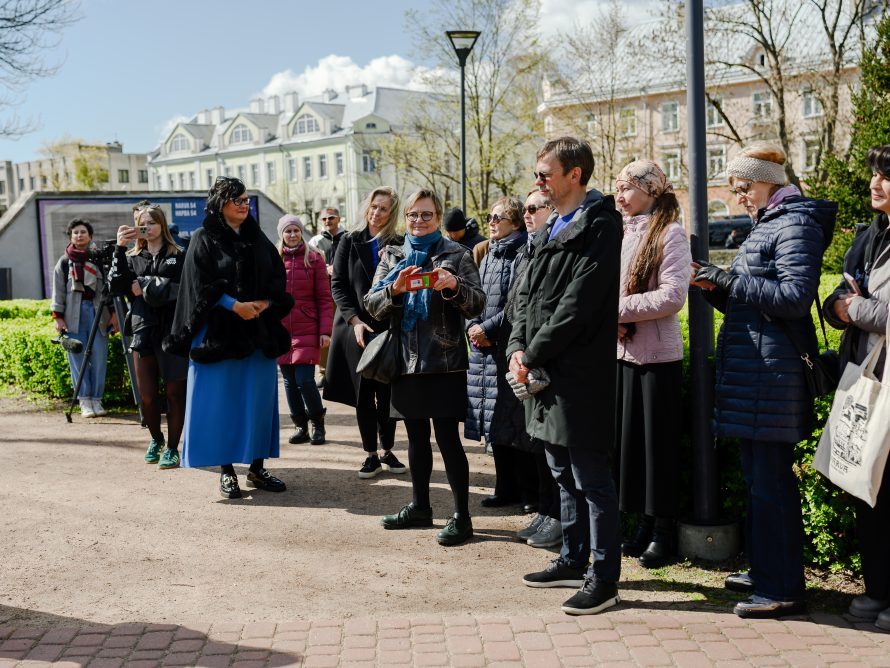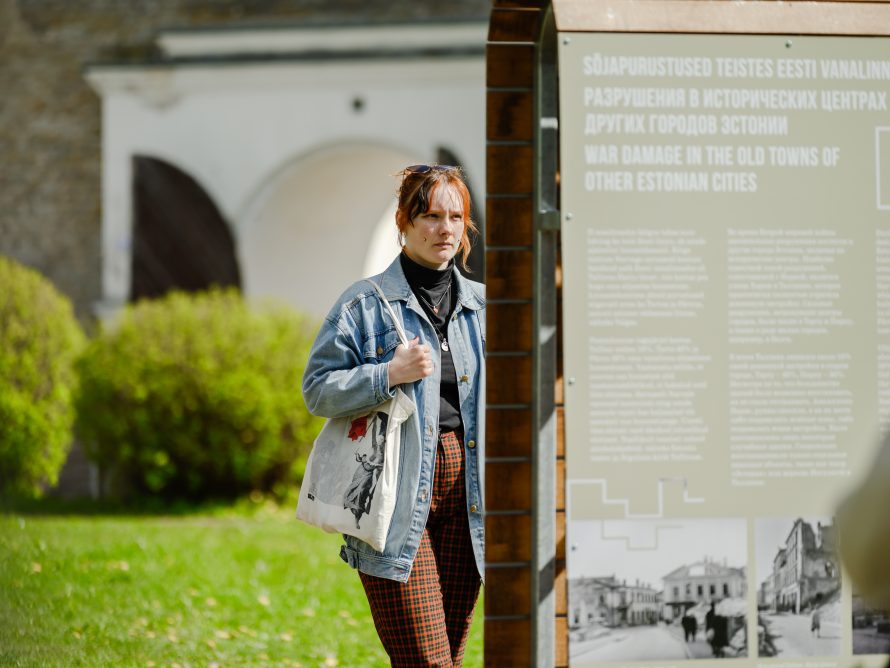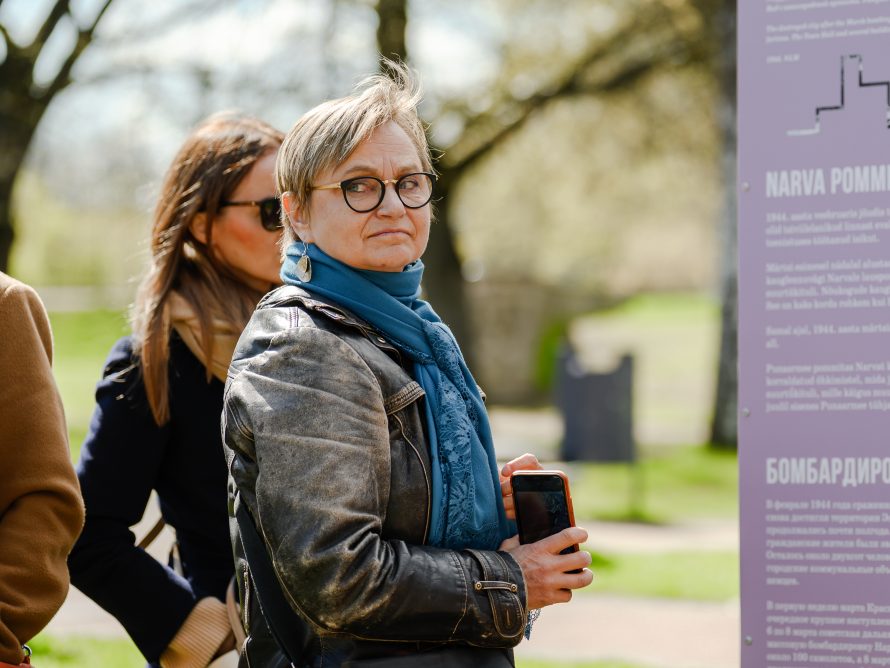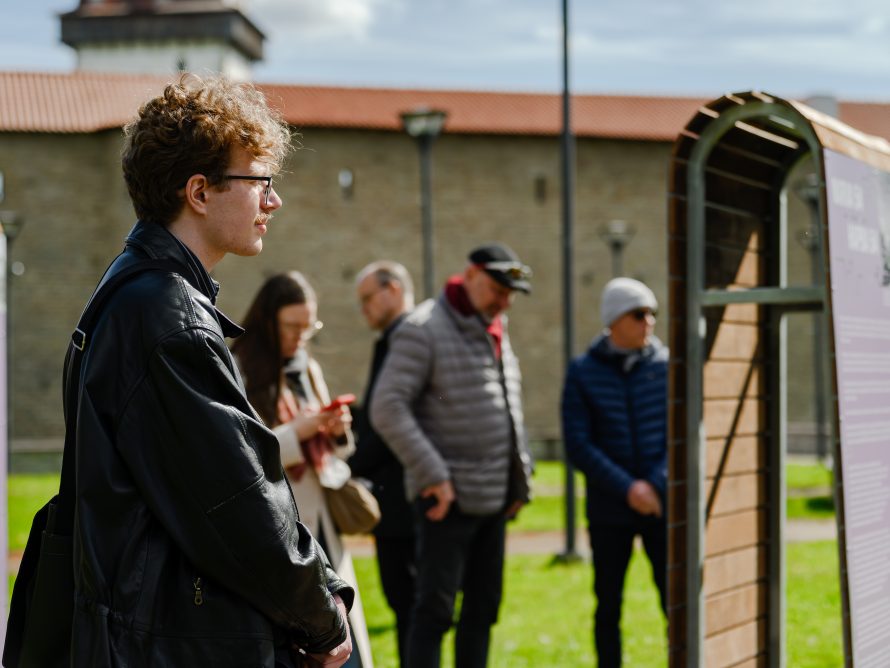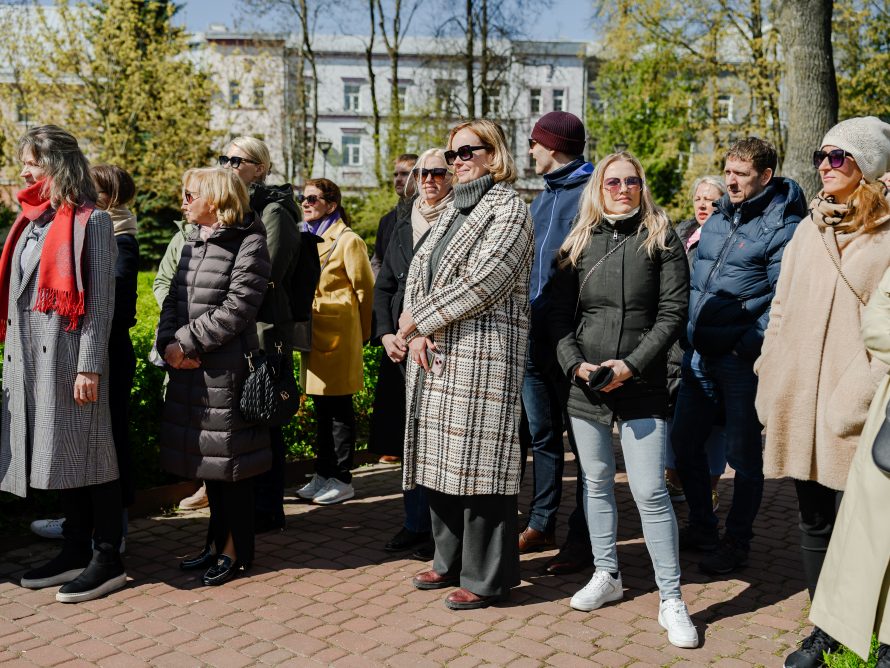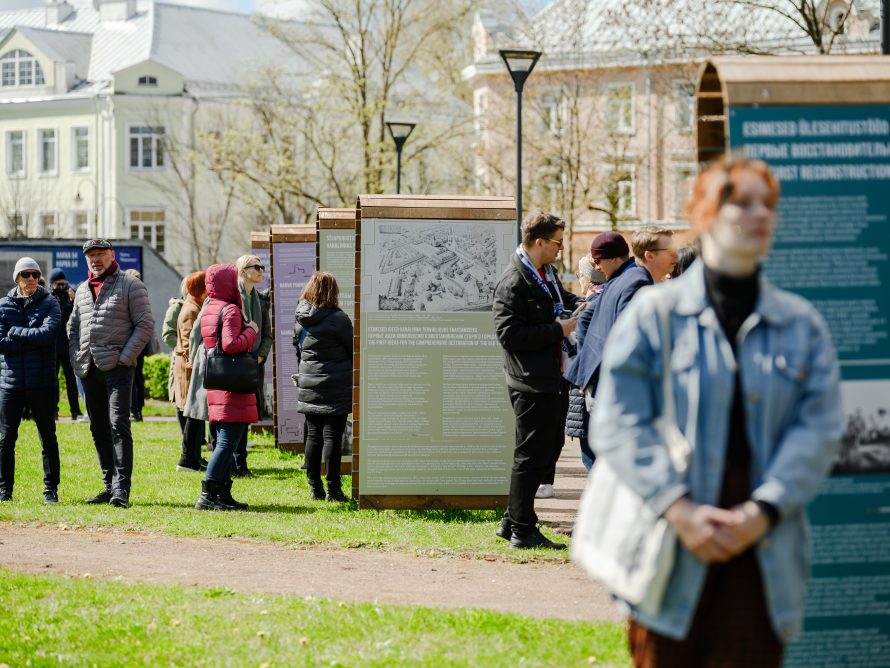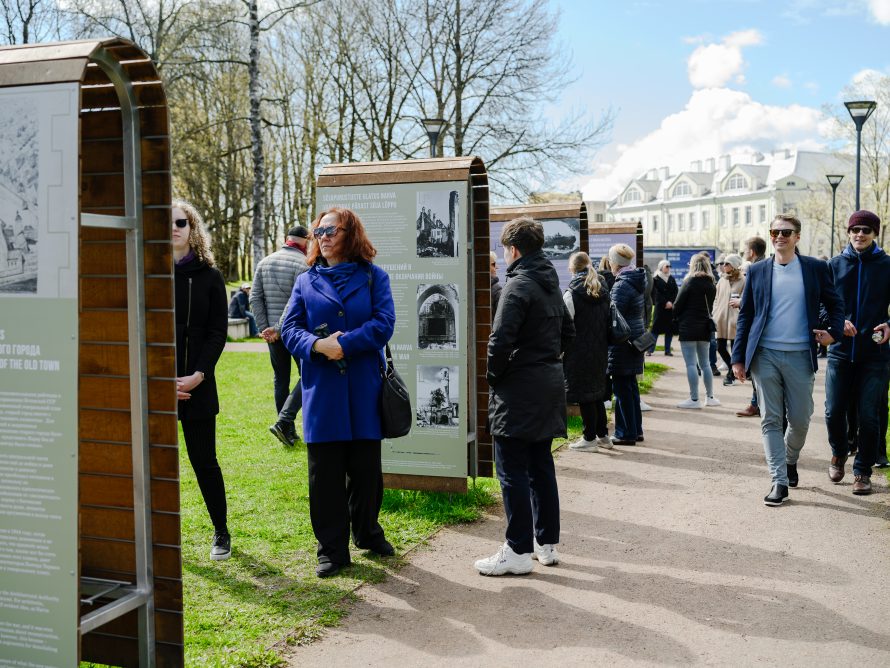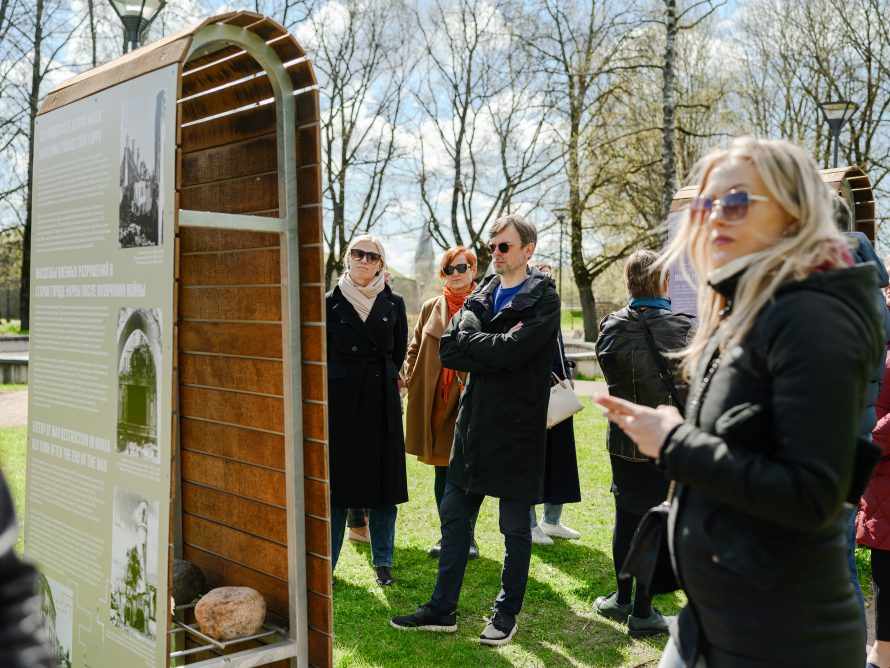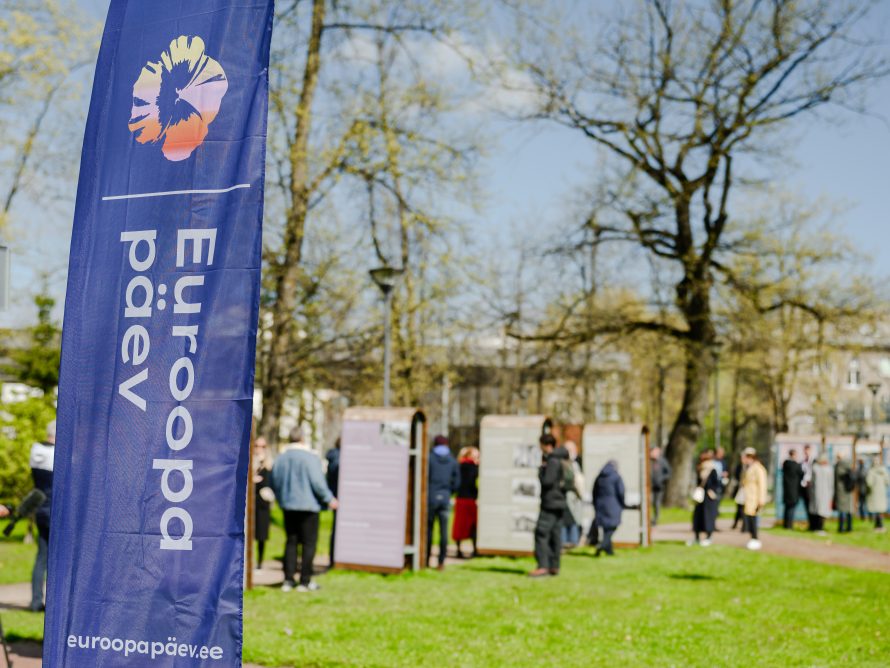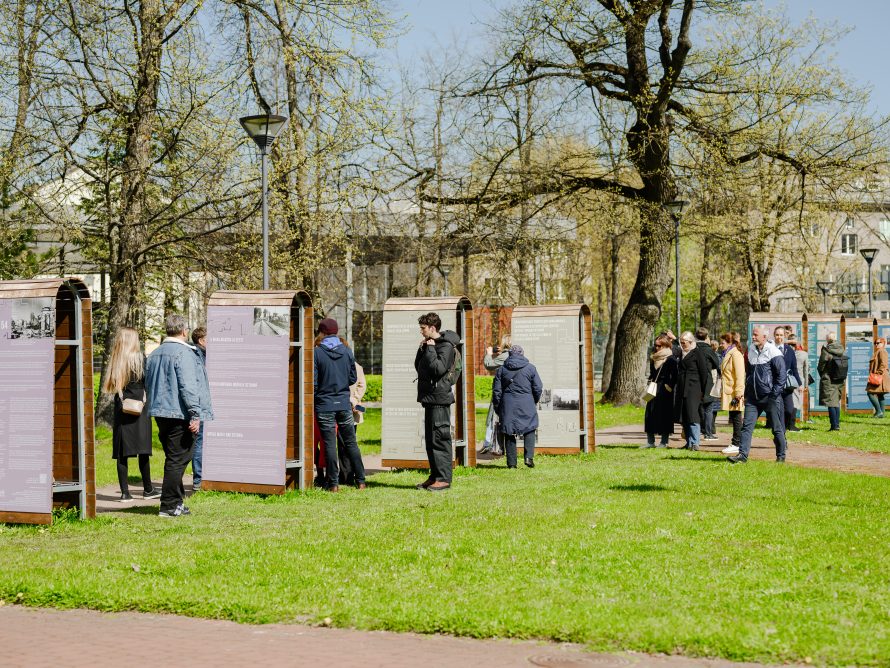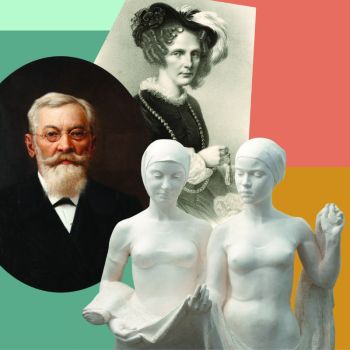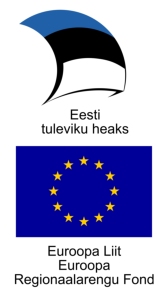
Näitus „Narva 54“
Sündmuse ülevaade
Alates 9.maist Narva lossipargis
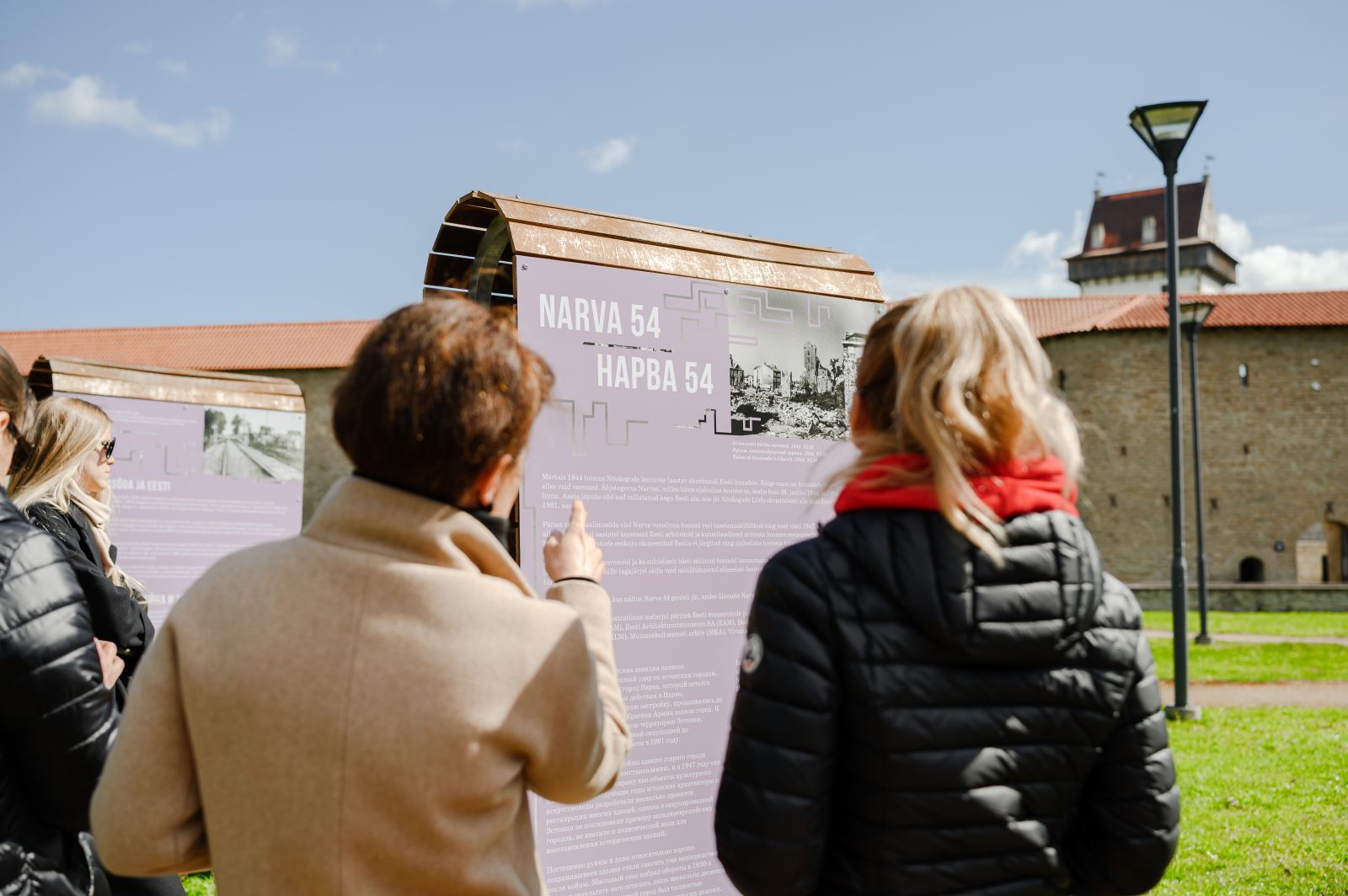
Märtsis 1944 toimus Nõukogude lennuväe laastav õhurünnak Eesti linnadele. Kõige enam sai kannatada Narva linn, millest jäid alles vaid varemed. Sõjategevus Narvas, milles hävis ajalooline hoonestus, kestis kuni 26. juulini 1944, mil Punaarmee hõivas linna. Aasta lõpuks olid nad vallutanud kogu Eesti ala, mis jäi Nõukogude Liidu okupatsiooni alla kuni Eesti taasiseseisvumiseni 1991. aastal.
Pärast teist maailmasõda olid Narva vanalinna hooned veel taastamiskõlblikud ning need võeti 1947. aastal isegi muinsuskaitse alla. Järgnevatel aastatel koostasid Eesti arhitektid ja kunstiteadlased mitmete hoonete restaureerimisprojektid, kuid Lääne-Euroopa linnade eeskuju okupeeritud Eestis ei järgitud ning ajalooliste hoonete taastamiseks puudus poliitiline tahe.
Järk-järgult hakati varemeid ja ka suhteliselt hästi säilinud hooneid lammutama kohe pärast sõda. 1950. aastatel hoogustus lauslammutamine, mille tagajärjel säilis vaid mõnikümmend sõjaeelset hoonet ning vanalinn ehitati täis nõukogulikke tüüpkorrusmaju.
Narva 54 jätkab sealt, kus näitus Narva 44 pooleli jäi, andes ülevaate Narva vanalinna saatusest pärast teist maailmasõda.
Näitusel kasutatud illustratiivne materjal pärineb Eesti muuseumide ja arhiivide kogudest:
Narva Muuseum SA (NLM), Eesti Ajaloomuuseum SA (AM), Eesti Arhitektuurimuuseum SA (EAM), Eesti Rahvusarhiiv (ERA), Eesti Sõjamuuseum – Kindral Laidoneri muuseum (KLM), Muinsuskaitseameti arhiiv (MKA), Virumaa Muuseumid SA (VM)
- Kuraator: Madis Tuuder
- Konsultant: Zurab Jänes, Peeter Kaasik, Svetlana Andreeva
- Projektijuht: Anne Raud
- Toimetaja: Zurab Jänes
- Keeletoimetaja: Kristiina Sarjas
- Tõlge: Anastassia Belitško-Popovych
- Graafiline disain: Janne Jaagant
- Koostööpartnerid: Kultuurkapital SA, Eesti Sõjamuuseum - Kindral Laidoneri muuseum, Eesti Ajaloomuuseum SA, Eesti Rahvusarhiiv, Eesti Arhitektuurimuuseum, Muinsuskaitseamet, TLPA muinsuskaitse osakond
- Trükk: Copix (Grano Digital OÜ), Rado Laukar OÜ
Näitus on loodud Eesti Kultuurkapitali toetusel.

